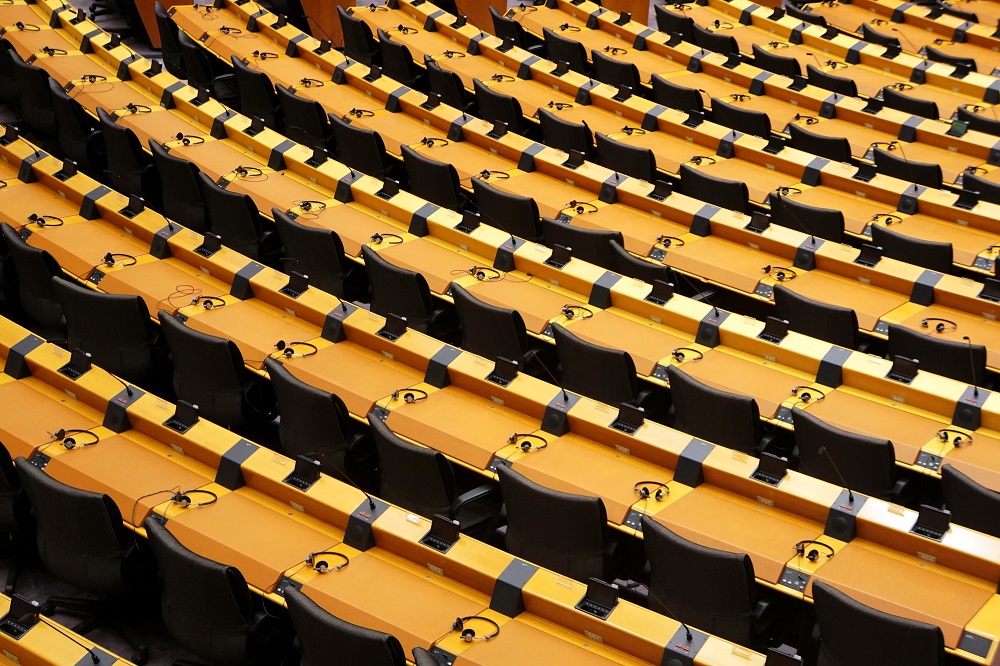Overview
Division is the formal name given to a vote by Members of Parliament in the House of Commons.
The Chair puts a question to the House of Commons. Members of Parliament then call out their response as to whether they agree with the question, by shouting out either ‘Aye’ or ‘No’. In the case that the a motion is disputed and there are disputed voices, then a formal vote is held.

When the chair calls a Division (by saying ‘clear the lobbies’), division bells that signal a vote is in progress are sounded around the Palace of Westminster, in Whitehall and elsewhere. For example there are Division Bells for the House of Commons in Green’s Restaurant in Marsham Street, the National Liberal Club in Whitehall Place, and the Red Lion pub in Parliament Street.
After the Division Bell starts ringing, MPs have eight minutes to arrive in one of the two lobbies that run alongside the House of Commons Chamber, before the entrances to these two division lobbies are locked.
Accordingly when a vote – or ‘division’ – is called, Members of Parliament literally divide into two groups, those in favour (the Ayes) and those against (the Noes). They then proceed through one of two corridors (lobbies), where they are counted as they exit.
The outcome of the vote is then reported to the Chair by one of the four MPs (two for each lobby) appointed to count the votes (teller). A teller representing the winning side reads out the result to Members who typically now reassemble inside the Commons Chamber itself. The Speaker then re-reads the result out a second time to MPs.
The whole process around a House of Commons Division, takes between 12 and 15 minutes. Because of the length of time it takes to vote, calling for a division can occasionally be used effectively as a delaying tactic in the House.
There is no formal way to abstain in a Commons division, as there is no current way to record attendance other than by voting with Ayes or the Noes. One way is to vote in both lobbies, but this is not always recognised as an abstention and requires swift movement from the MP in question.
Compared to other legislatures across the world, where politicians typically now vote by pressing a computer button instantaneously whilst seated at their desk, voting in the House of Commons remains one of its most archaic traditions.

Most Parliaments now use computerised voting.
Quorum
The minimal number (quorum) of Members of Parliament required to vote, for a vote in the House of Commons to be recognised, is 40 out of the total of 650 MPs.
Pairing
Not all Members of Parliament vote in all Commons divisions. When a vote is considered to be of a lower importance, then the organisers of different parties in the House of Commons (the Whips Office) may permit ‘pairing’. Most Member of Parliament typically pair themselves with a rival MP from an opposing party, and this arrangement lasts for the duration of the Parliamentary session.
When a paired vote is agreed, paired MPs can both agree to be absent for the vote, and in doing so effectively cancel each other out. Pairing is an informal arrangement which is not recognised by the House of Commons.
During the Brexit controversy in 2018, there was an almighty controversy when one MP (Brandon Lewis) actually voted, despite having a pairing arrangement in place with an opposition MP (Jo Swinson).


